Following the collapse of the occupation at 90 Fifth Ave., and the dissipation of the short-lived alternative provided by the administration at Kellen Gallery, The New School student body was left with a crucial decision. The fate of a space where students could attend teach-ins and lectures, hold open debates and discussions, and organize politically, hung in the balance.
Kellen was supposed to serve as a space for students to continue the more constructive aspects of 90 Fifth Ave., which hosted educational discussions fostered by students and faculty from universities across the city and provided a space for students to organize and plan political action. Even those who criticized the occupation acknowledged that student space is sorely lacking on campus. For a moment, before the occupation ended in confusion and division, the protesters were able to shed light on real problems within the university. What remained to be seen was whether they would be able to find feasible solutions to those problems.
Of course, the dissolution of the occupation, and the ensuing defacement of Kellen, seemed to erase all of the possibilities that moment held. And in part because there is no strong voice within the university to advocate for the needs of the student body, the momentum that was present was squandered.
The administration assigned the University Student Senate the responsibility of deciding Kellen’s future after the defacement of the gallery and complaints from students who wanted the space returned to its previous use. The USS held a town hall on November 28 to decide the fate of Kellen. The senate indicated to those in attendance that the forum would look to resolve the “important decision ahead of us,” according to a November 26 email that announced the event.
The town hall, which was moderated by the senate’s executive board, was supposed to resolve the question of the occupation one way or another, but it ultimately raised more questions than it answered. Instead of a constructive debate, the town hall devolved into a dramatic reading of the week’s events, thanks to the lack of a serious agenda or structure, and ended without any kind of decision. The senate did, however, promise to send out a survey. In the email which accompanied that survey two days later, the senate announced that Kellen would, in fact, return to its regular use as an art gallery.
The USS, which proclaims itself to be the highest representative body for students at The New School, is attempting to create another autonomous space to fill the role briefly assumed by the occupation. What that space will look like, and the purpose it will serve, is not yet clear.
The question that remains is, who at The New School has the will to effectively advocate for the student body and its many concerns? The occupation played a valuable role in bringing attention to these issues, but never developed a substantive plan of action. It is now up to the student senate, and the peers who charge them as their representatives, to take the initiative and ensure that the possibility of real, student-led progress at this institution does not evaporate completely.

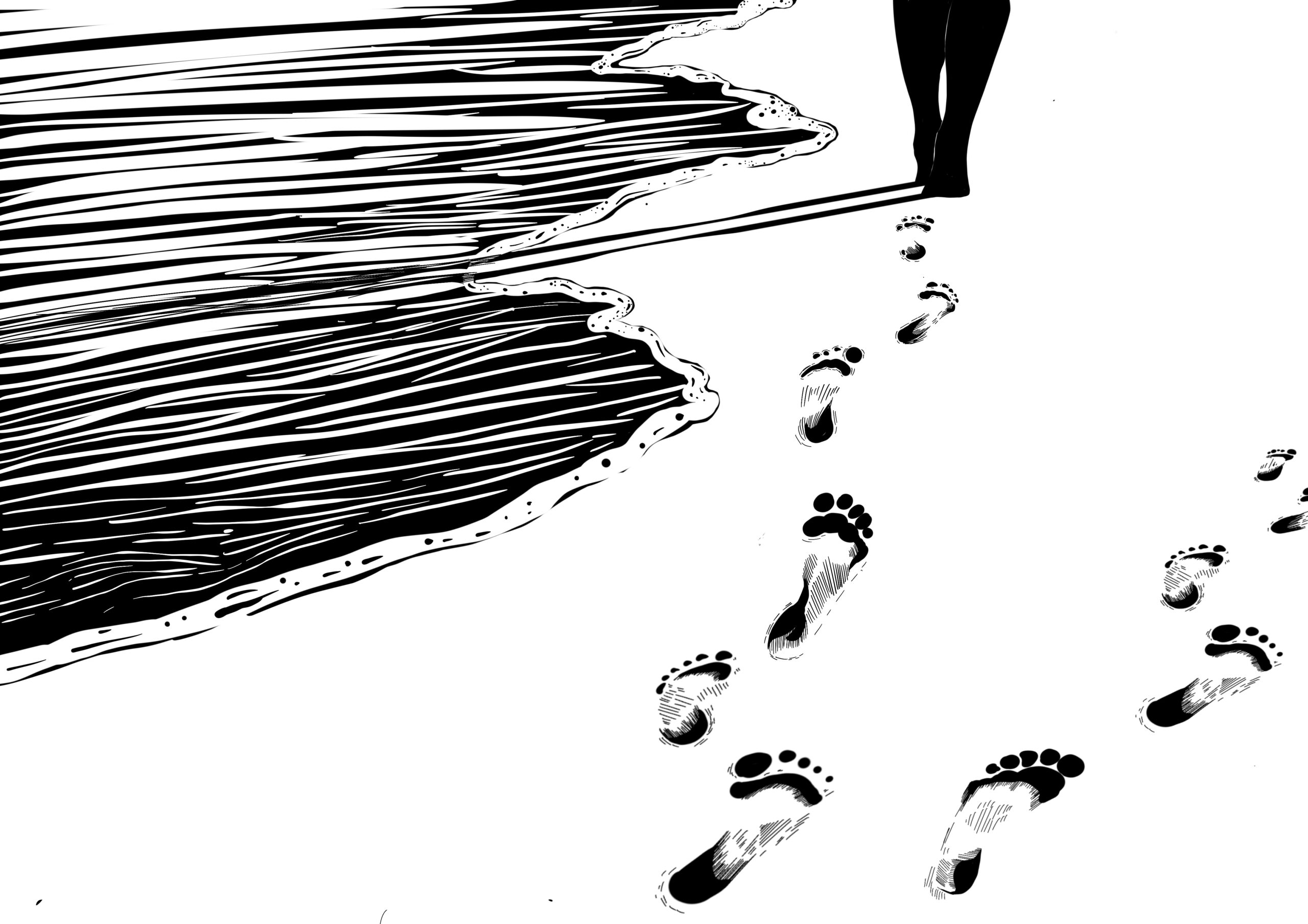
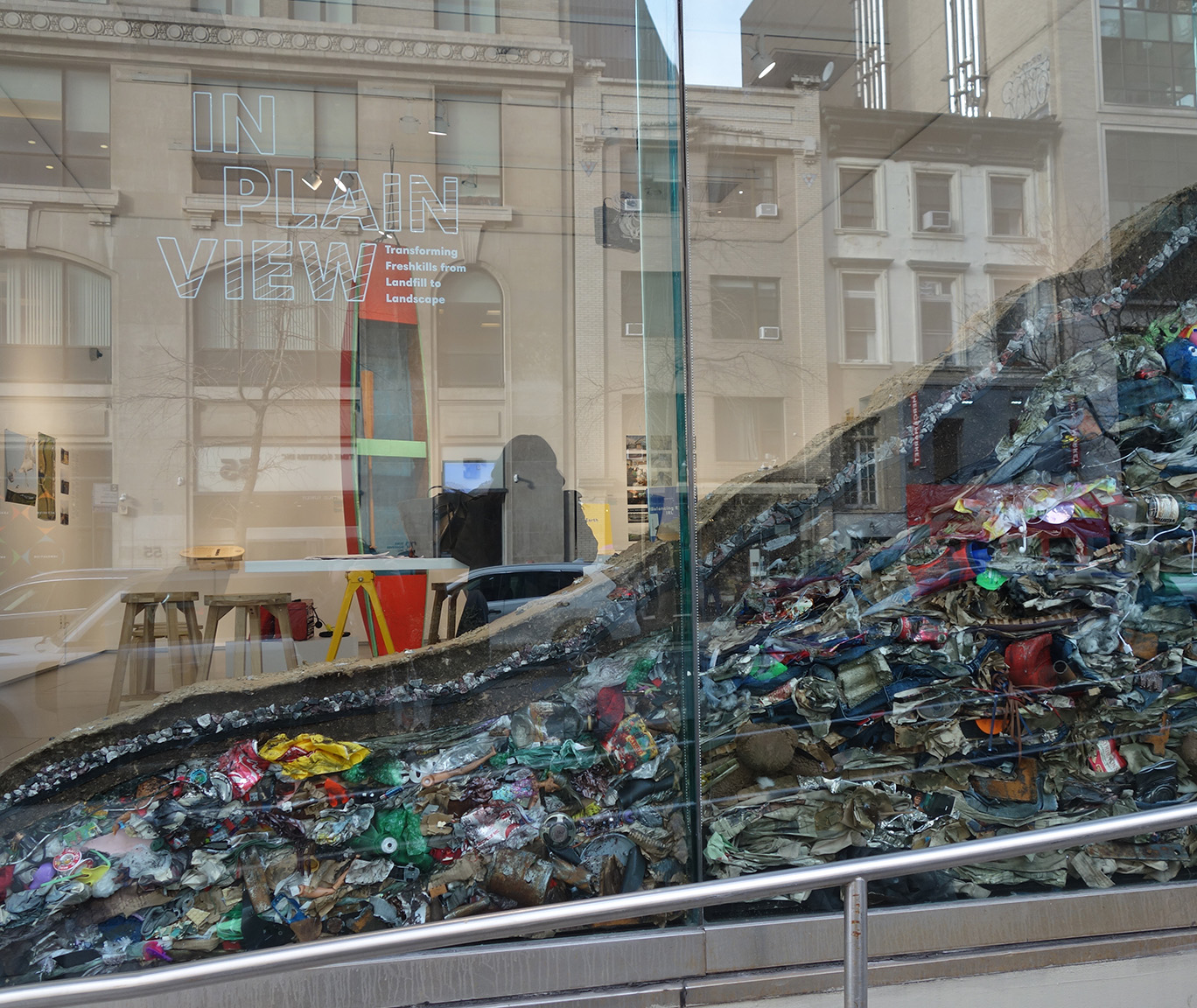

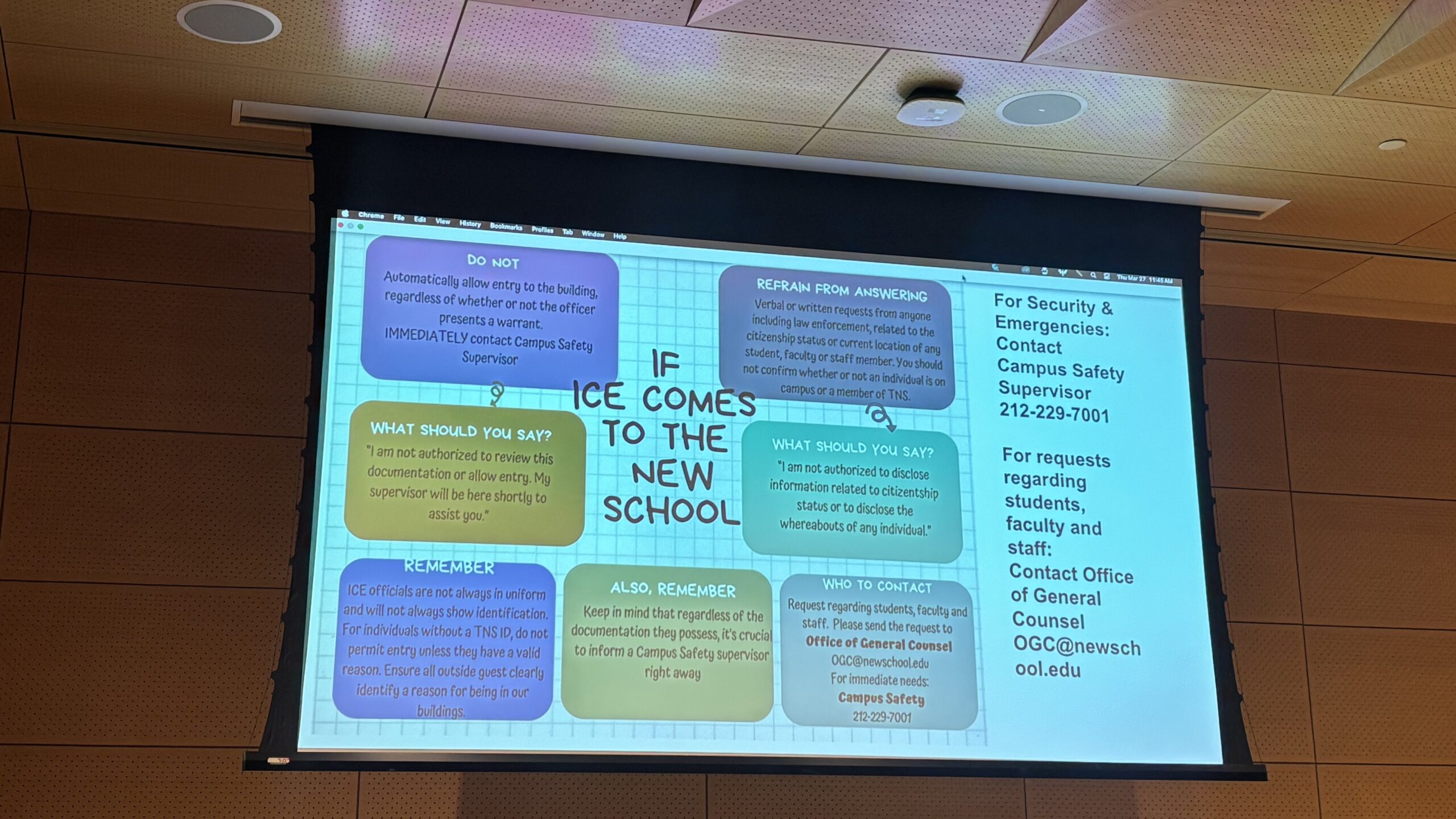
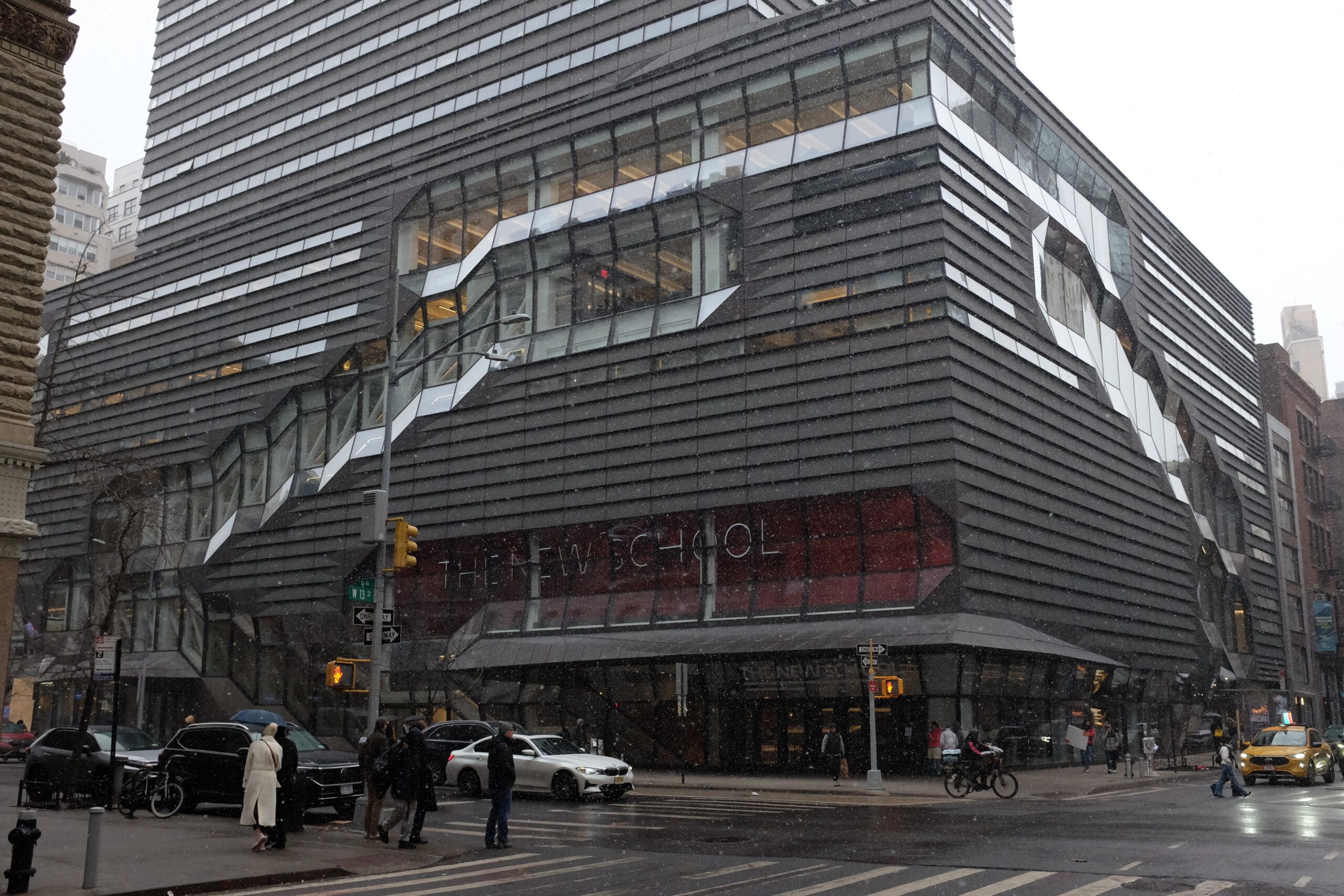
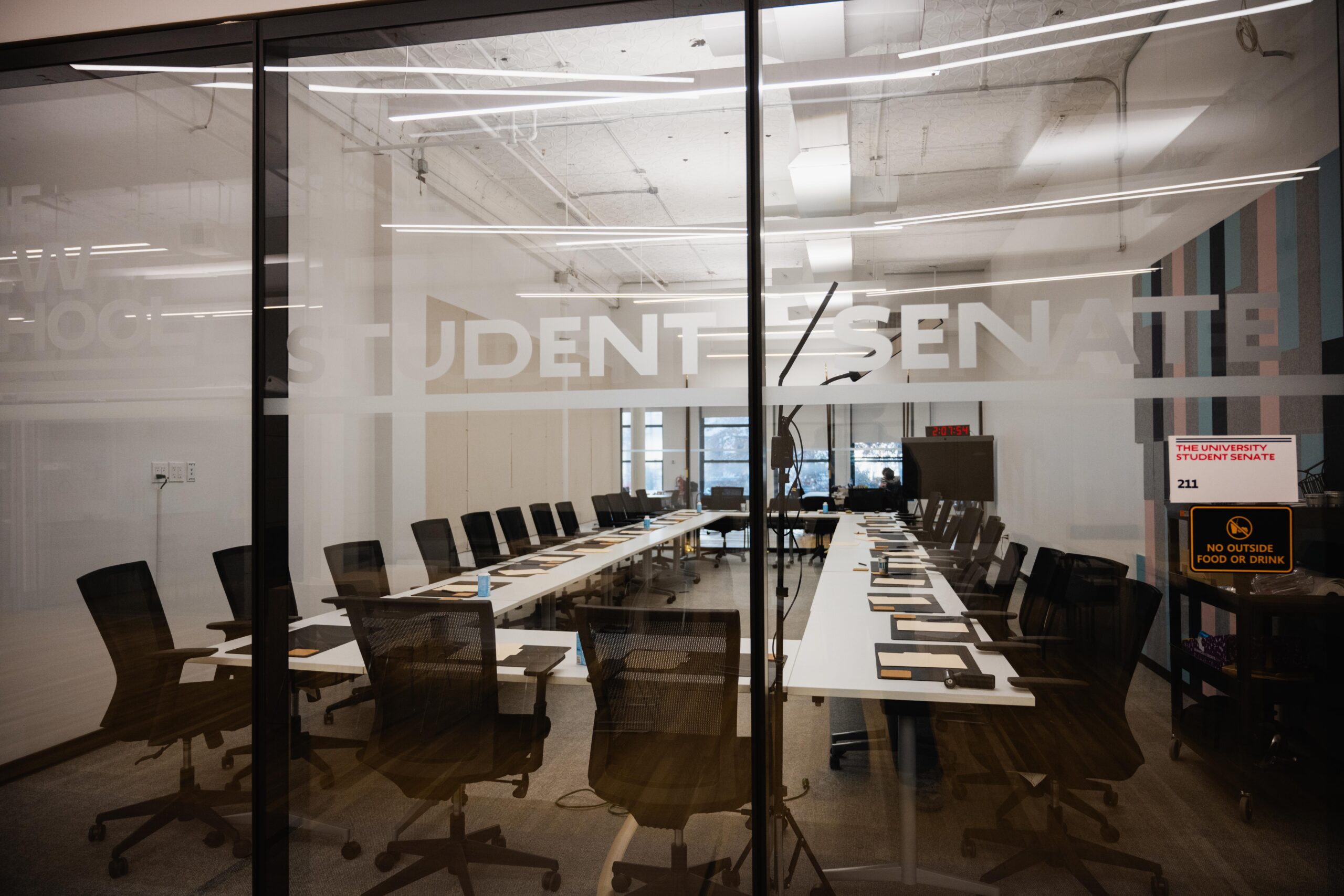
Leave a Reply